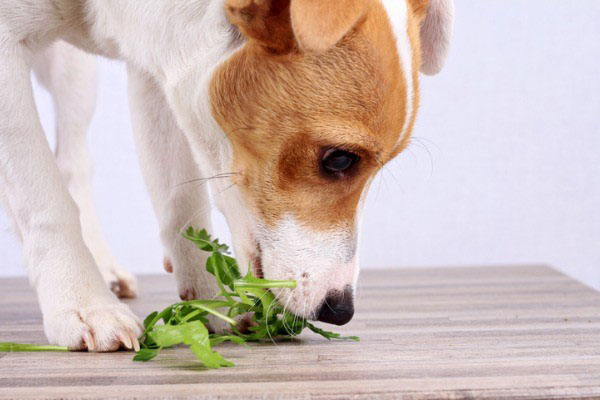If you’ve been convinced of the benefits of changing your pet’s existing diet over to a raw one, then great welcome aboard!! You’ll see some amazing changes over time and if you’re preparing your own raw feed for your dog, it’s important to make sure that your dog is receiving a balanced diet as raw feeding doesn’t just consist of feeding raw meats.
There is so much discussion today about what do we feed our dogs to allow for complete wellness but does what we feed our dog really matter? – Yes!
When we understand complete wellness, we have to look at all the factors that can create disturbance within a living system.
Food is just one factor that can either promote complete wellness or create disharmony in the body. Any living body, needs to have live food in order to sustain health. Live food, is whole food that goes into the body as a source of proper nutrition to feed the body and all of its systems.
Your dog is made up of chemical building blocks and proteins. Every day thousands of chemical reactions are taking place within your dog’s body. For chemical processes to occur effectively, efficiently and correctly your dog’s body requires the right fuel (i.e. food) to sustain health. The best fuel comes from resources that are fresh, unprocessed and full of life to support the life of your dog.
You see, just like you, your dog has an ancestral digestive ecosystem. Feeding this ecosystem correctly is imperative for the functioning of your dog’s blood, organs, brain, growth and systems, including the immune system.
Your dog has an ancient digestive system that to this day requires to be fed on ancient food. Pure food. Wholesome food. Unprocessed food. There are many studies that show us the health consequences of eating an unnatural and processed diet in humans – obesity, diabetes, Alzheimer’s, arthritis, IBS, allergies, dermatitis etc. The same applies to our dogs. Click here to read more.
There are a lot of myths around raw feeding but dogs naturally have the ability to forage for berries, herbivore faeces, vegetables and other non-prey items, but essentially they need animal protein and fat in order to maintain optimum health.
Dogs need to seek and search. One route of seeking and searching it to allow your dog the ability to naturally forage. Give your dog a meal in their bowl, but also try to offer him/her many opportunities to search for additional food. Self-forage can take place in the home, in the garden or when out exploring with your dog.
At home, scatter food items around the house. This may include a collection of nuts (e.g. organic brazil, hazelnuts, almonds, cashews and pistachios) along with some vegetable pieces or organic apple and plums and your dog can select what it wants to eat.
Your dog’s body knows what it needs so some days your dog may choose to eat lots of almonds and not so much the fruit or vegetable or other nuts. Then, on other days, your dog will want the apple and hazelnuts but show no interest in the other items. This is fine it’s your dog naturally selecting. The same goes for allowing your dog to eat grass – this is a very natural thing and can be foraged for several reasons.
If you’re doing your own raw food, try to get into the habit of seasonally feeding your dog for optimum health. Seasonal feeding allows your dog to live within the seasons to harness the natural healing power of them and use their energetic rhythms as a method of healing and prevention of illnesses. Click here to read more and how to get started.
Top vegetables to include in your dog’s raw diet.
Vegetables provide fiber and nutrients that help the overall digestive system of your dog. They are full of vitamins and minerals that contribute to your dog’s good health. Your dog can eat them whole, forage for them as mentioned above or your can blend them or juice them and add them to your dog’s mealtime.
Most combinations of vegetables will work but if you’re nervous about selecting the wrong ones then think in terms of colours. Firstly dark greens, yellow/orange and red. If you’re not buying certified organic then try to remove the skin before feeding them to your dog to reduce the amount of pesticide residue or wash them thoroughly. The most important thing is that your dog has variety so get into the habit of rotating and seasonal feeding.
In no particular order…
1. Broccoli
2. Spinach
3. Celery
4. Carrots
5. Peas
6. Zucchini
7. Kale.
8. Cabbage
9. Butternut Squash (always cooked)
10. Sweet potato (always cooked)
11. Parsnip
12. Chard
13. Cucumber
14. Brussel Sprouts
15. Asparagus
16. Cauliflower
17. Lettuce- go for the more green lettuce and avoid the white lettuces
18. Collards
19. Chicory
20. Bell Peppers – stay away from any hot peppers and make sure no seeds or stem are given.

